undercabinet lighting and counter outlets on same circuit?
diy_mike
13 years ago
Featured Answer
Comments (17)
spencer_electrician
13 years agodiy_mike
13 years agoRelated Professionals
Ashland Electricians · Bay City General Contractors · Country Club Hills General Contractors · Genesee General Contractors · Harvey General Contractors · Janesville General Contractors · Little Egg Harbor Twp General Contractors · Melville General Contractors · Montebello General Contractors · University Heights General Contractors · Lockhart Solar Energy Systems · Cerritos Solar Energy Systems · Palo Alto Solar Energy Systems · Ashburn Home Automation & Home Media · Poway Home Automation & Home Mediaweedmeister
13 years agoBilll
13 years agobrickeyee
13 years agodiy_mike
13 years agoDavidR
13 years agobrickeyee
13 years agofootwedge
13 years agobrickeyee
13 years agonewgarageguy
13 years agofootwedge
13 years agoBilll
13 years agobrickeyee
13 years agofootwedge
13 years agobrickeyee
13 years ago
Related Stories

GREAT HOME PROJECTSPower to the People: Outlets Right Where You Want Them
No more crawling and craning. With outlets in furniture, drawers and cabinets, access to power has never been easier
Full Story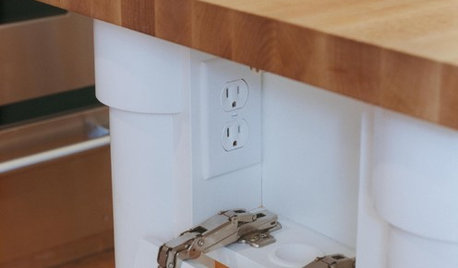
KITCHEN DESIGNHow to Hide Those Plugs and Switches
5 ways to camouflage your outlets — or just make them disappear
Full Story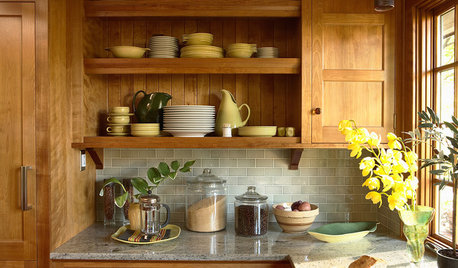
KITCHEN BACKSPLASHESHow to Choose a Backsplash for Your Granite Counters
If you’ve fallen for a gorgeous slab, pair it with a backsplash material that will show it at its best
Full Story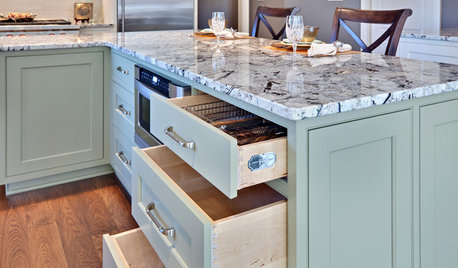
KITCHEN DESIGNWhat Goes With Granite Counters?
Coordinate your kitchen finishes beautifully by choosing colors that complement granite’s natural tones
Full Story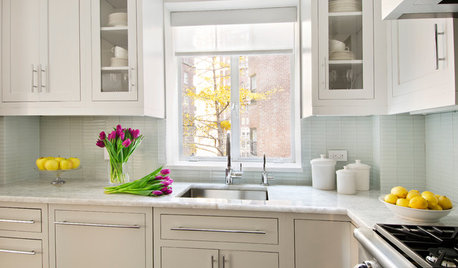
KITCHEN COUNTERTOPSKitchen Counters: Quartzite Offers Strength and Beauty
Eye-catching patterns and a natural pedigree make durable quartzite a popular alternative to granite and marble
Full Story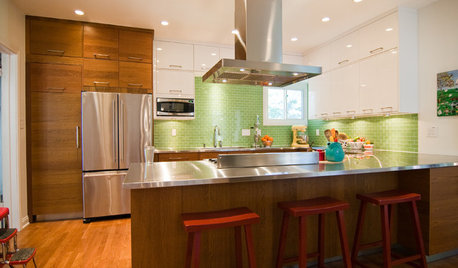
KITCHEN COUNTERTOPS10 Great Backsplashes to Pair With Stainless Steel Counters
Simplify your decision-making with these ideas for materials that work well with stainless steel counters
Full Story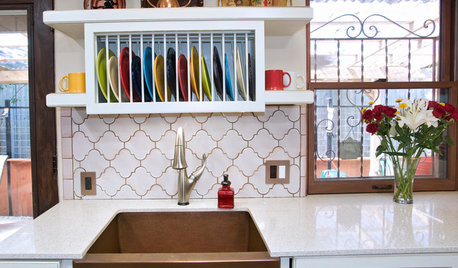
KITCHEN DESIGNDish-Drying Racks That Don’t Hog Counter Space
Cleverly concealed in cabinets or mounted in or above the sink, these racks cut kitchen cleanup time without creating clutter
Full Story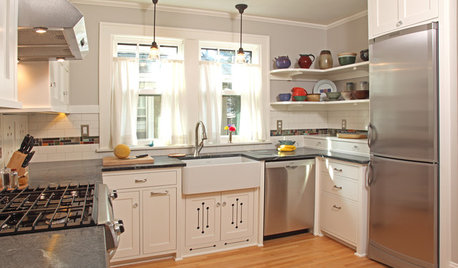
KITCHEN DESIGNThe 100-Square-Foot Kitchen: Farm Style With More Storage and Counters
See how a smart layout, smaller refrigerator and recessed storage maximize this tight space
Full Story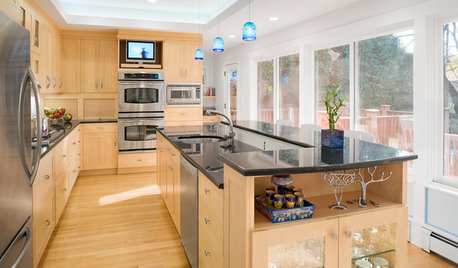
UNIVERSAL DESIGNHow to Light a Kitchen for Older Eyes and Better Beauty
Include the right kinds of light in your kitchen's universal design plan to make it more workable and visually pleasing for all
Full Story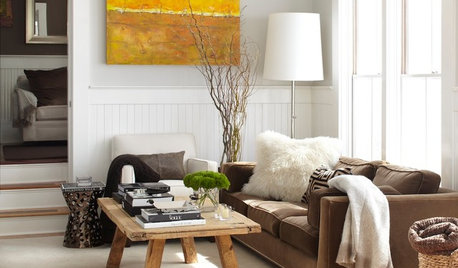
LIGHTINGYour Guide to Common Light Fixtures and How to Use Them
Get to know pot lights, track lights, pendants and more to help you create an organized, layered lighting plan
Full StorySponsored
More Discussions










footwedge